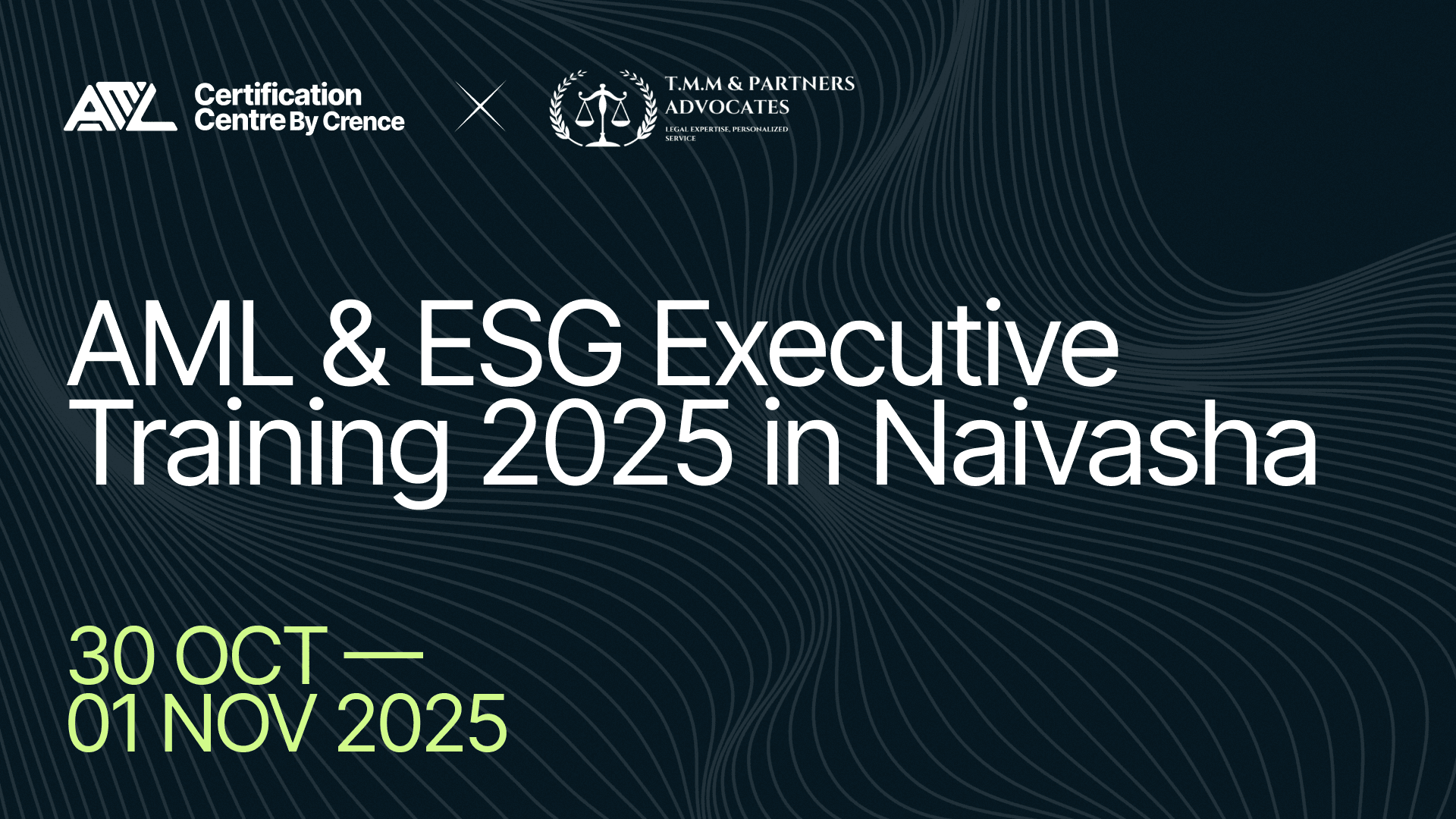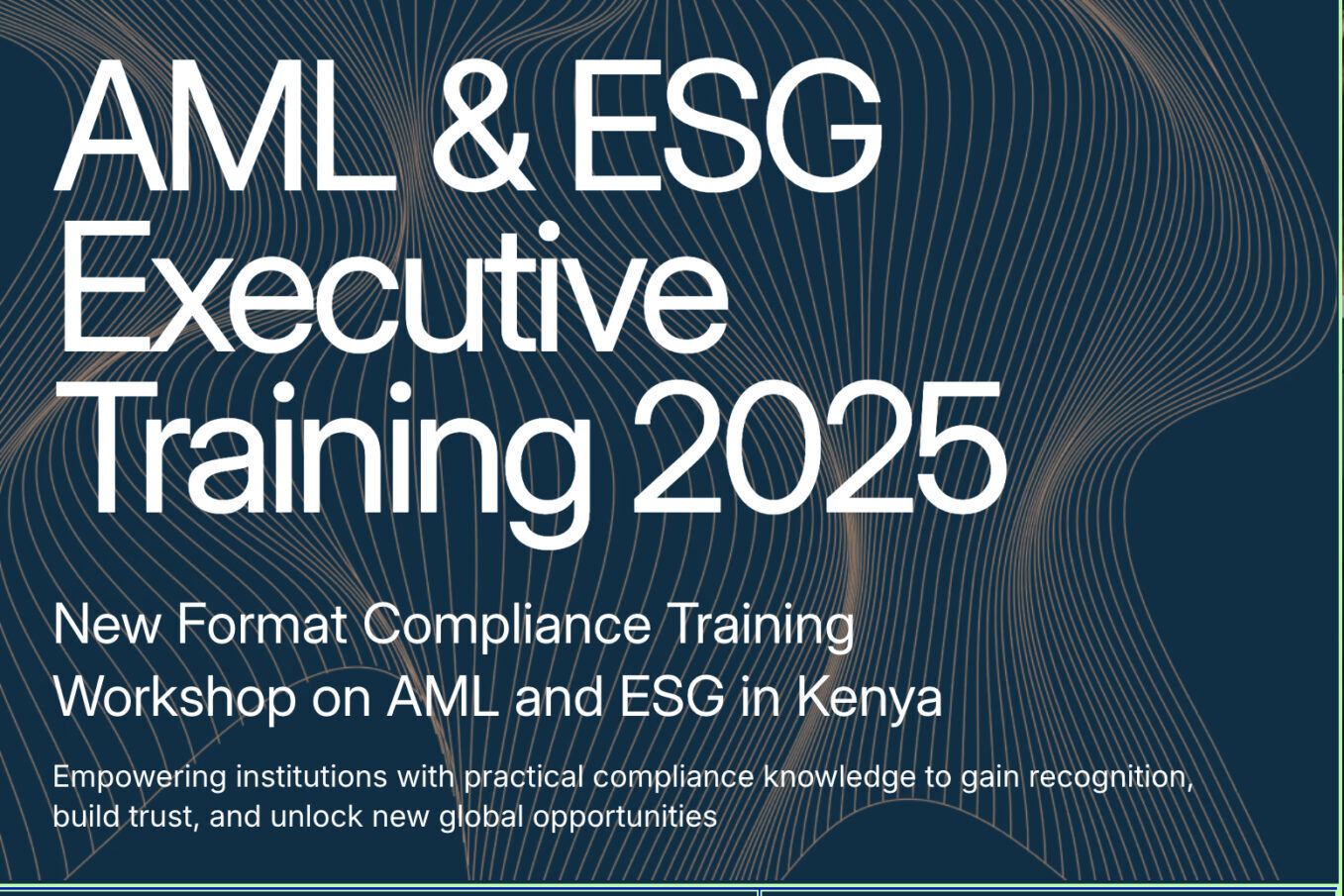The internet has completely transformed our lives, changing how we do even ordinary things. But with this change came an opportunity for cybercriminals to sneak in and steal our data and money. One of the sneakiest (and, unfortunately, pretty standard) cybercrimes is account takeover fraud (ATO), where hackers break into your user accounts without permission and use them for their own gain, often causing serious financial harm.
Account takeover can hit anyone, no matter their age, gender, or position in society. It leads to significant issues like identity fraud, payment fraud, losing money, and damaging your good name. Let’s dive into what ATO really means, how it happens, and what steps you can take to prevent account takeover and keep yourself safe from falling into this trap.
What is ATO?
So, what is account takeover fraud? ATO Fraud is a type of identity fraud where a criminal gains control over someone’s user accounts. This means they get access to private information like the account’s PIN, allowing them to tweak settings such as the address for receiving statements, usernames, and passwords; moreover, they can even make withdrawals without the account owner’s approval.
The scope of ATO isn’t limited to just one account; it can involve multiple accounts belonging to the victim. Once these user accounts are compromised, the perpetrator can misuse them for a range of illegal activities using the victim’s personal data.
Financial account takeover typically involves the unauthorized removal of funds from the victim’s bank account. This can happen through direct debits, setting up deceitful transactions, or initiating transfers without the victim’s knowledge and consent. Financial institutions are particularly concerned about failed login attempts as a sign of potential fraud. It’s a serious issue that poses risks not only to the victim’s financial security but also to their personal information. A bank account takeover is a nightmare for anyone.
Professionals working in cybersecurity and fraud detection must understand how ATO works to implement the most effective protection strategies. To sharpen your skills and stay ahead, consider enrolling in the AML Foundations Course or becoming a Certified Anti-Money Laundering Senior Specialist.
Protecting Against ATO
To prevent account takeover, security measures like machine learning are becoming critical for detecting unusual activity across ecommerce account and banking platforms. Financial institutions encourage users to use strong passwords, enable multi-factor authentication, and stay vigilant with failed login attempts as a potential red flag for ATO. By adopting these practices, users can help secure their financial accounts and reduce the risk of account takeover fraud.
How Does Account Takeover Fraud Work?
So, how does account takeover fraud work? Here is a quick explanation.
Fraudster Accesses Unauthorised Information
To initiate an account takeover scheme, fraudsters first need access to specific details about their target victim. They may gather this information through various means, such as phishing emails or by exploiting data breaches and security vulnerabilities on websites or online platforms. By tricking users into disclosing personal information or using weak passwords and security practices, these malicious actors can acquire login credentials crucial data for fraudulent activities.
Fraudster Gains Access to Account
Once armed with the necessary credentials or personal information acquired from unsuspecting victims, the next step for a fraudster is gaining unauthorized entry into an individual’s account. This typically involves attempting multiple failed login attempts until they successfully break through any existing security measures put in place by service providers or financial institutions safeguarding user accounts.
Fraudsters employ several tactics during this stage of their criminal efforts – brute-forcing login pages using automated software tools; leveraging stolen credentials purchased from dark web marketplaces; utilizing keyloggers capable of recording keystrokes without detection; or even resorting to social engineering techniques aimed at persuading customer support representatives into providing them with temporary access codes.
Fraudster Escalates Criminal Efforts
With successful infiltration achieved, perpetrators now have full control over compromised accounts – enabling them to exploit financial resources and wreak havoc on other aspects tied directly or indirectly to those accounts.
These include making illicit purchases using stored payment methods linked within profiles (such as credit cards), manipulating user settings for nefarious purposes (e.g., redirecting email communication to their own addresses), or using the compromised account as a launching pad for further attacks, such as spear-phishing campaigns targeting associates and contacts.
Moreover, fraudsters may also use access gained through account takeovers to perpetrate identity fraud by leveraging personal data stored within these accounts. This can lead to significant financial gain for the criminal and potential damage to the victim’s reputation when fraudulent activities are traced back to them.
To prevent account takeover, financial institutions are increasingly turning to machine learning and enhanced security protocols to monitor and detect suspicious activity, helping to secure users’ accounts and limit the impact of payment fraud and other fraudulent activities.
ATO Fraud Detection

Detecting ATO fraud can be tough, but spotting these attacks often involves watching out for suspicious stuff. Here’s how you can find potential ATO threats:
- Keep an eye on messages: Watch emails, texts, and other messages closely for anything fishy, like someone trying to trick you into giving away important info.
- Check IP addresses: Look for weird activity from strange IP addresses (ones from countries you don’t usually connect to) and analyze when data gets moved around. This helps catch scammers trying to take on the account.
- Use smart tech: Employ innovative computer programs to spot shady online stuff, like someone hacking into accounts, phishing, or stealing login info.
- Stop known bad guys: Block requests from people known for attacking and find and stop sneaky computer programs used by attackers during ATO attacks. Also, watch out for lots of login attempts with stolen info and block them.
- Spot unknown devices: If your system sees a bunch of “unknown” devices, especially more than usual, it might mean there’s an ATO threat. Attackers sometimes hide what they’re using.
- Watch for one device, many accounts: If someone gets into more than one account using the same device, it’s likely an attacker. They often leave clues this way.
- Use clever tech: ATO attacks can use advanced bots that copy how real people behave. Smart tech using AI can help find and stop these tricky attacks.
By using these ideas, you can better find and stop ATO fraud and keep your accounts safe from unauthorized access.
For AML and fraud detection professionals, acquiring certification in anti-money laundering practices ensures the skills to spot and combat fraud efficiently. Consider enrolling in the AML Foundations Course to enhance your expertise.
Factors That Increase Account Takeover Fraud Popularity
Five things are making account takeover attacks grow, no matter how they’re done.
- Data breaches: When crooks get hold of account details, it’s like a treasure to them. Lots of email addresses and passwords have been stolen in the past few years. This info is like gold for fraudsters, helping them break into accounts easily.
- Automation: Bad guys keep finding new ways to do cyber crimes faster. They use tools like SNIPR and Sentry MBA to quickly check if stolen info works on different websites. These tools can make up to 23% of stolen logins actually work.
- Tricking people: People can still be tricked easily. Clicking on bad links in emails, downloading harmful apps, or falling for fake messages can lead to fraud. Some scams are so tricky that even with normal safety measures, like in banking, users unknowingly help fraudsters steal a lot of money.
- More online banking: Banks are making things more accessible online, but that also means more ways for crooks to attack. As banking gets more digital, it’s harder for banks to protect everyone from these new risks.
- Old safety measures aren’t enough: Most safety tools focus on checking logins with passwords and stuff like device info. But these aren’t foolproof. Crooks have found ways to get around these checks. Checking how users behave online could help spot more complicated attacks, like those tricky social engineering scams.
Impact of ATO Attacks
ATO attacks can create big problems for both businesses and individuals. Here’s how:
- Data theft: These attacks get into sensitive info like names, addresses, credit card numbers, or social security details. If this data gets into the wrong hands, it can lead to identity theft, fake transactions, or even blackmail.
- Money loss: ATO attacks can hit wallets hard. Reports show that more than half of businesses faced financial losses because of these attacks. It could be direct losses from fake transactions or costs to fix the breach and amp up security.
- Reputation damage: In today’s online world, one security mess-up can wreck a company’s rep. A big ATO attack can make customers lose trust. There was a case where an online shop got hit, and customers’ accounts were messed with. People online bashed the store’s security, hurting its reputation big time.
Account Takeover Fraud Prevention
To stop ATO fraud from causing trouble, it’s crucial to put some plans in place:
- Limit login attempts: Organizations should control how many times someone can try logging in. This can stop hackers by keeping an eye on how often someone tries to get in using different usernames, devices, or IP addresses. You can also put restrictions on using things like proxies or VPNs.
- Strong password rules: Make sure everyone on the team uses tough, unique passwords. Use tools like LastPass or Bitwarden to handle all these passwords without making it a headache.
- Spot trouble early: The key to stopping ATO is catching it early. Understand how attacks happen and watch for patterns after a breach in the first couple of years.
- Freeze compromised accounts: If someone’s account is hacked, freeze it ASAP. This stops the bad guys from making changes, like switching passwords.
- Extra security layers: Use more than just passwords. Add things like codes sent to phones for extra security when logging in.
- CAPTCHA: Instead of locking out an IP after many tries, show a CAPTCHA. It’s a way to double-check if someone’s a real person trying to log in.
- Watch for strange stuff: Keep an eye on accounts for weird things like failed logins, info changes, or strange transactions.
By doing these things, people and businesses can take action to prevent ATO attacks. It’s all about keeping important info and accounts safe from sneaky access.
Businesses Susceptible to ATO Fraud
The information that is handled by certain industries makes them more at risk of account takeover fraud:
- Financial services: Banks, credit unions, and credit card companies are perfect targets for hackers because they can access payroll and tax data (debit and credit card account takeovers are pretty common, unfortunately).
- Retail/E-commerce: These sectors are frequently targeted, especially on payments attached to their credit cards and gift cards.
- Social media: Social media accounts are viral among hackers since they usually have a lot of personal information, including financial details.
- Higher education: Institutions that handle student loans and often do not have extensive IT budgets tend to be more susceptible.
- Healthcare: Medical records are considered valuable in the black market, and this makes healthcare easy prey. Some criminals even use these files to get “free” health care services.
- Cyber risk rises with an increase in personal info shared by an industry. It is recommended that sensitive data be safeguarded since such attacks mainly target financial gains.
Account Takeover Examples
Every day, there are millions of ATO attempts, which are driven mainly by automated systems. However, only a small portion of them succeed, with enormous consequences. Below are some account takeover examples that have been noticeable:
- TurboTax: In 2021, TurboTax experienced a breach whereby users’ data, including tax records and sensitive numbers, were leaked. Fraudsters found it easier to strike because users had weak password practices.
- Dunkin Donuts: In 2018, thousands of Dunkin Donuts customers who used in-store cards had their info stolen. This cost Dunkin millions to fix and resulted in a hefty fine.
- Basecamp: In 2019, this software company experienced a global ATO attack with more than 30 thousand cases of login attempts and several hundred compromised accounts. Just like TurboTax, weak passwords across multiple accounts facilitated the perpetration of the attack.
Low-level response to ATO attacks lessens its impact, although these assaults targeting big numbers can still be devastating over time.









